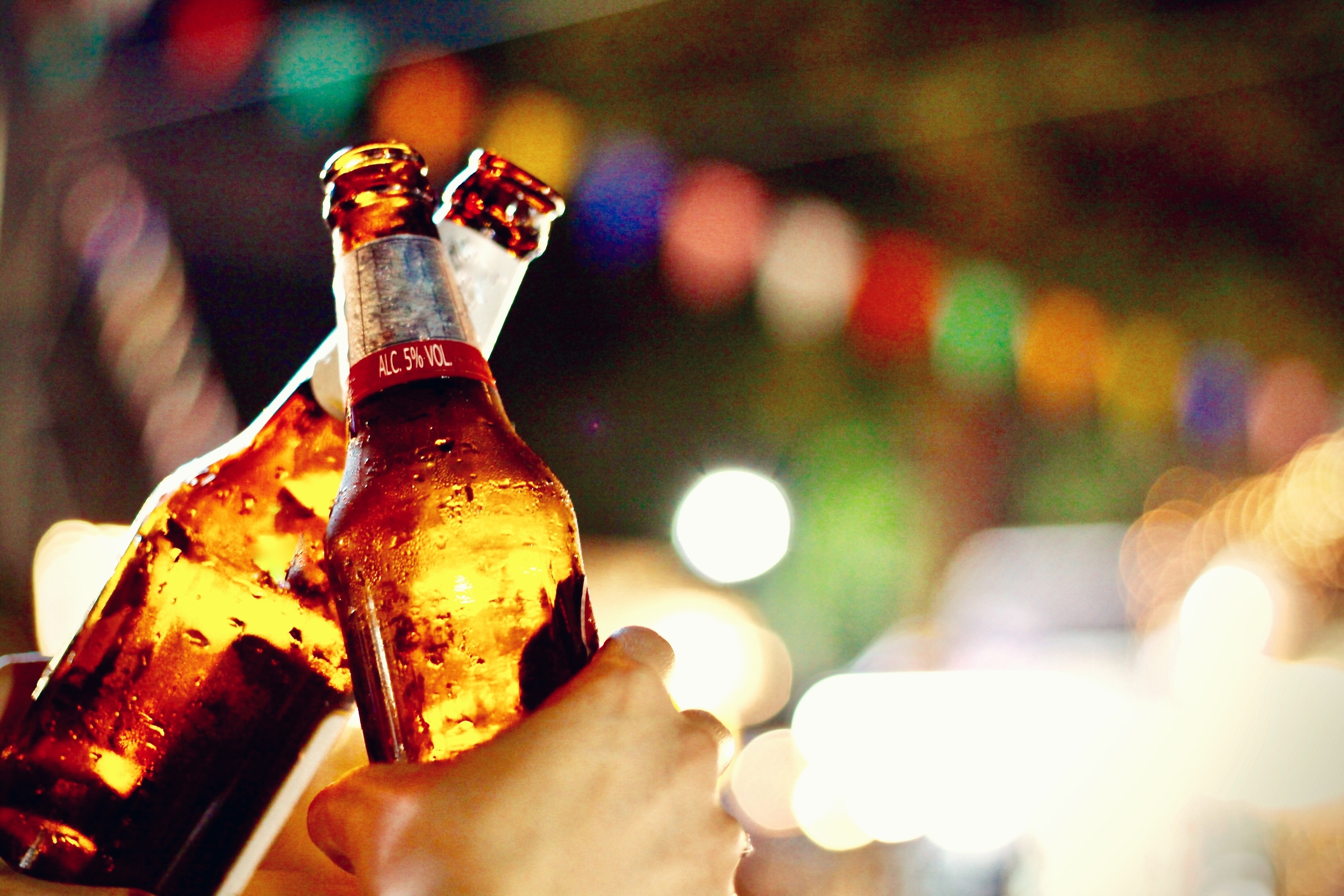Intersecting Shadows of Intoxication: Unraveling the Intricate Web of Binge Drinking Versus Alcoholism
Considering the wide spectrum of alcohol consumption behaviors, the intersection of binge drinking and alcoholism offers a fascinating vantage point. Binge drinking involves consuming large amounts of alcohol in a short period, often targeting immediate intoxication. In contrast, alcoholism (or alcohol dependence) is a chronic disease characterized by an obsession with alcohol and an inability to stop or control drinking. While both are harmful, their distinct nuances differentiate their impact on drinkers' lives and overall health.
The intersection between these two behaviors often occurs in the blurry lines of quantity, frequency, and reliance on alcohol for functionality. Understanding this intersection is key to crafting effective preventative measures and therapies for health professionals dealing with these harmful alcohol consumption behaviors.
The Dark Underbelly of Binge Drinking

On the surface, binge drinking might seem the lesser evil compared to alcoholism. Conceptualized as episodes of heavy drinking, it is often associated with social events, celebrations, and the youth culture. However, when examined closely, binge drinking invites an array of physical, psychological, and social consequences.
The immediate impacts, including poor judgment, blackouts, and increased risk of accidents, are relatively well-known. But binge drinking also paves the path towards chronic health conditions, including liver disease, cardiovascular disease, and cancer. Furthermore, increased susceptibility to mental health issues and social problems weighs heavily on the lives of binge drinkers, highlighting the underestimated troubles this habit brings.
The Sinister Depths of Alcoholism

If binge drinking is the dark underbelly, then alcoholism is the sinister abyss. The continuous cycle of addiction restricts the individual in a relentless pursuit of alcohol, often neglecting all other aspects of life. Alcoholics steadily develop a tolerance, requiring more prominent amounts to attain the same effects, leading to a vicious cycle of consumption.
While binge drinking can lead to long-term health problems, alcoholism fast tracks this process, amplifying the bodily damage. The dependency also has severe psychological impacts, with the increased likelihood of anxiety disorders, depression, and suicides. Not to mention the socio-economic impacts on the individual's life, family, and broader society.
The Subtle Slide from Binge Drinking to Alcoholism

One may tend to perceive binge drinking as an isolated phenomenon. However, research reveals that it frequently becomes a gateway to more persistent patterns of harmful drinking, such as alcoholism. This 'subtle slide' often transpires unobserved, beginning as a puff of harmless fun and gradually escalating into a challenging dependency.
The biological aspect of this transition lies in the alcohol's impact on the brain, essentially rewiring it to crave the substance. Particularly for adolescents, who are often the most frequent binge drinkers, this biological effect, coupled with the social acceptance and mental health issues borne out of binge drinking, facilitates the segue into alcoholism.
Prevention and Intervention Strategy: Breaking the Chain

Recognizing the potential trajectory from binge drinking to alcoholism is crucial to develop effective prevention and intervention strategies. Awareness campaigns painting a holistic view of the risks associated with binge drinking, rather than just the immediate effects, could play a pivotal role. This is particularly significant within youth culture, where binge drinking is considered the norm.
Early detection and intervention are also vital. Cognitive Behavioral Therapy (CBT) and motivational interviewing are promising intervention strategies. Especially for those oscillating on the verge of binge drinking and alcoholism, these strategies can effectively disrupt the vicious cycle.
The Social Shift: Changing Cultural Norms

Much of the problems associated with binge drinking and alcoholism can be traced back to cultural norms. Society's acceptance of binge drinking, especially amongst young adults, contributes massively to its prevalence. Changing these deep-seated norms toward a healthier relationship with alcohol will be difficult, but necessary.
To do so, we need community engagement and comprehensive policy-making targeting advertising practices and accessibility of alcohol. Establishing societal constructs that discourage binge drinking and encourage responsible consumption is an effective step towards preventing the slide into alcoholism. This will thus play a significant role in curtailing the intersecting shadows of binge drinking and alcoholism.